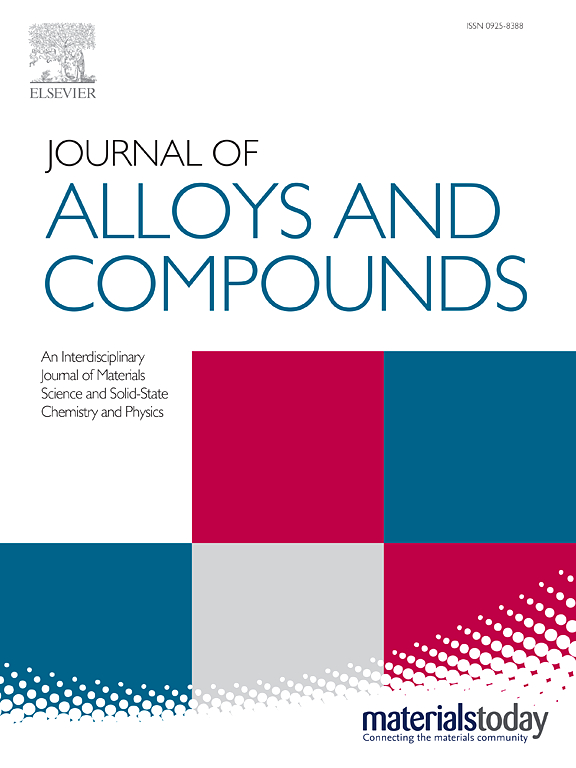Sulphur Doped Boron Carbon Nitride as Novel Metal Free Nanomaterials for Photocatalytic Degradation of Organic Pollutants and H2 Production
IF 5.8
2区 材料科学
Q2 CHEMISTRY, PHYSICAL
引用次数: 0
Abstract
During microwave irradiation of the melamine-boric acid complex, boron/graphitic carbon nitride (BCN) has been successfully synthesized. Sulphur has been doped into a boron carbon nitride matrix by mechanical ball milling. Sulphur doped boron carbon nitride (SBCN) and boron carbon nitride (BCN), in addition to pure materials (i.e., g-C3N4 & h-BN) were vigorously analyzed to determine structural, morphological, and spectroscopical characteristics through XRD, FTIR, UV-vis DRS, XPS, TEM, and BET techniques. The photocatalytic activity of the materials was evaluated for the photodegradation of Methyl Violet (MV) under solar light. BCN showed enhancement in the photocatalytic activity degradation of MV in comparison to pure h-BN and g-C3N4. Introducing boron within CN framework has enhanced the electronic properties, the surface area, and suppressed charge recombination. A double band gap has been observed for BCN at 4.76 eV and 3.78 eV for B-N and C-N transition, respectively. The synergistic effect of CN and BN leads to efficient electron separation and transformation, hence improving photocatalytic activity. Moreover, upon doping with Sulphur, the photocatalytic degradation (MV) was enhanced up to 9.5 & 5.3 times compared to h-BN and g-C3N4, respectively. In addition, by Sulphur doping, the surface area has been increased up to > 3 times as compared to BCN, which may indicate the exfoliation of BCN sheets and the decrease of the planar size of BCN, that’s confirmed by XRD and TEM. Moreover, Noble metal loaded SBCN showed good photocatalytic H2 evolution with efficiency of 833 μmol h-1 g-1 and 1766.7 μmol h-1 g-1 for Ag/SBCN and Pt/SBCN, respectively. This study introduces novel metal free photocatalysts with excellent recyclability as sustainable materials for the water remediation from organic pollutants and hydrogen (H2) generation.求助全文
约1分钟内获得全文
求助全文
来源期刊

Journal of Alloys and Compounds
工程技术-材料科学:综合
CiteScore
11.10
自引率
14.50%
发文量
5146
审稿时长
67 days
期刊介绍:
The Journal of Alloys and Compounds is intended to serve as an international medium for the publication of work on solid materials comprising compounds as well as alloys. Its great strength lies in the diversity of discipline which it encompasses, drawing together results from materials science, solid-state chemistry and physics.
 求助内容:
求助内容: 应助结果提醒方式:
应助结果提醒方式:


